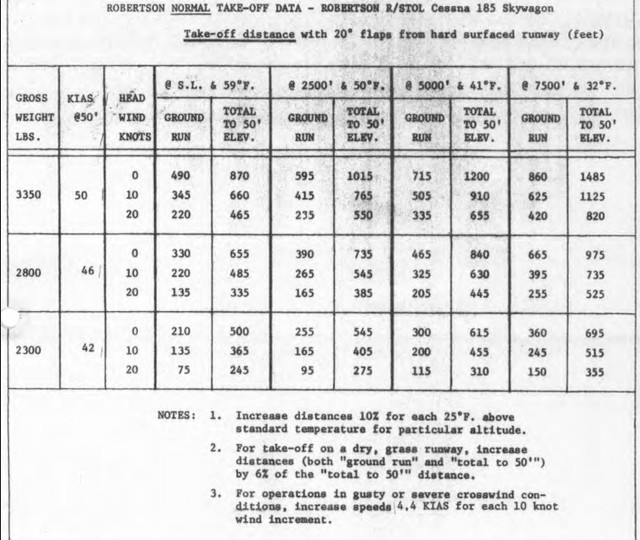I am hoping to buy this plane in the next 1-2 years, so would appreciate any input.
We are a family of three, living in NM at 7200 ft, and plan to take long trips over big mountains, Alaskan wilderness, Caribbean sea, South/Central American jungles, etc.). I am only a daytime VFR pilot, and that will remain that way.
Cessna 182 (very safe, docile, easy to fix, cheap to maintain, roomy, carries a lot...)
Larger engine (260+ HP) or preferably turbo (climbs well, goes fast, and flies high).
BRS (if engine stops over inhospitable terrain or sea).
Long-range fuel tanks (80+ gallons).
Add a few speed mods.
Opinions?
Plenty of 'em!

Why day VFR only? That can really hamper travel plans. Even when you're wanting to be sightseeing, it's good to have the option. It's also easier to do the international flights (the ones with a border crossing) IFR, IMO.
C182 is a great airplane, the only problem with them is they're kinda pigs on fuel for their speed, and they're not fast. That said, they're "fast enough" for domestic travel if you have the time. I've had a 182 all over the CONUS. But going farther afield, you may want more speed.
I would prefer a big engine over the turbo. For Alaska and international, the increased performance down low will allow you to get into more short strips whereas the turbo doesn't do you any good until you get up high. If you get a 300hp engine, it'll develop more power than the turbo from about sea level to 7,000 feet, and you'll have less maintenance, less worrying about heat, and one less thing to break over the jungle.
BRS? Well, if you're worried about that sort of thing, get a twin. The BRS eats up baggage space, is expensive both to install and to repack, and after seeing what it did in the Skycatcher I wouldn't bet my life on it in a Cessna!

Fuel: I'll never argue against long-range tanks. You don't have to fill them, but if the extra weight doesn't cause performance issues on a particular flight it's nice to have more. Larger tanks = more options.
Speed mods on a 182 are lipstick on a pig. The only way the 182 is really going to get faster is by pulling up the gear and/or going high (via a bigger engine and/or a turbo). I'm a big fan of the R182 (RG) for that reason, it has all of the excellent qualities of the fixed-gear 182 but goes 15-20 knots faster.
Also, if you're going to be flying in Central/South America, you might want to invest in some additional security apparatus (Medeco locks, extra grounding wires for the mags when you leave it, etc). Small heavy haulers like the C182/C206/etc are very attractive to thieves who want to steal them to run drugs.


